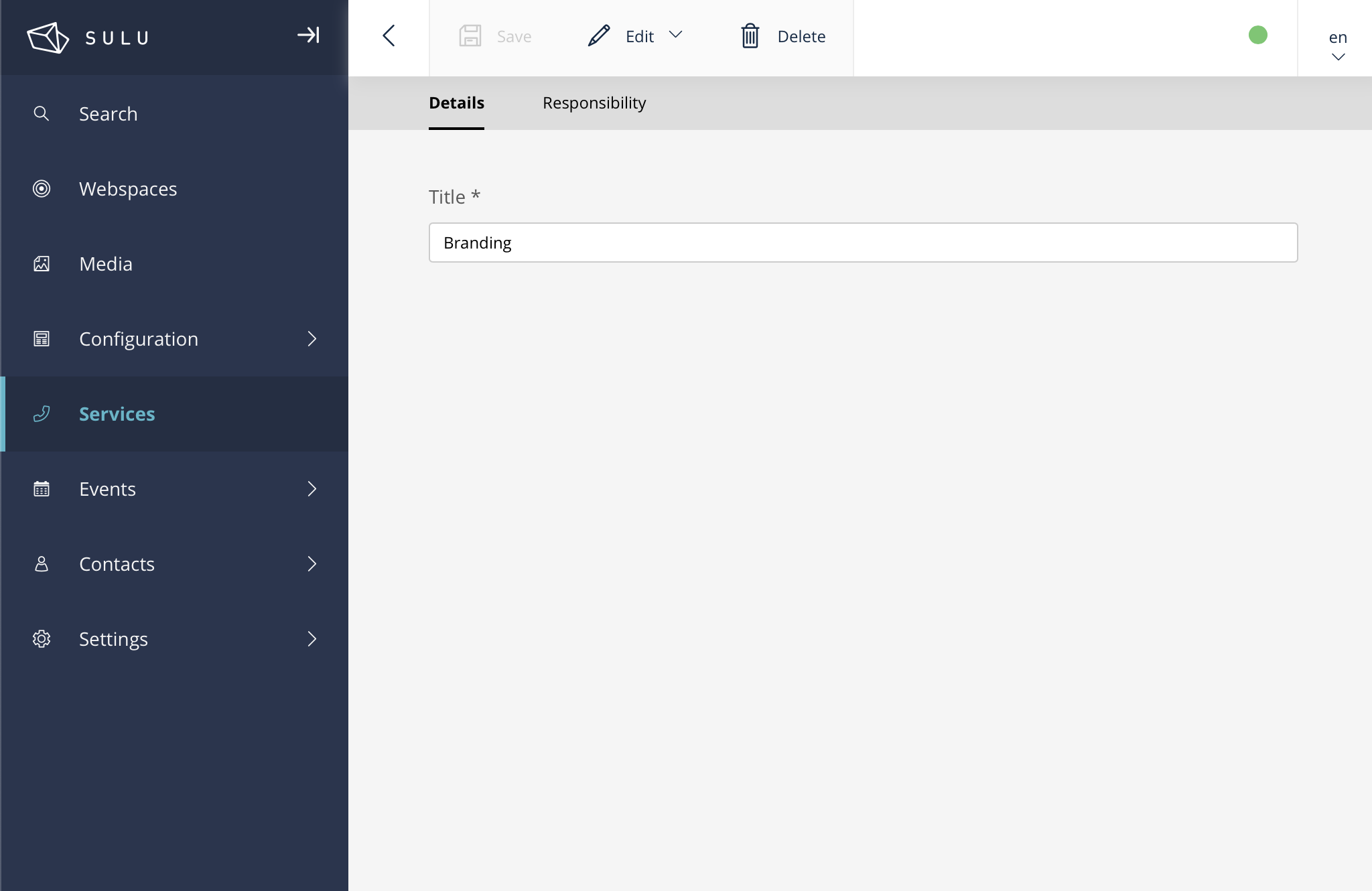perspeqtive / sulu-snippet-tabs-bundle
Organize snippet forms in tabs
Installs: 351
Dependents: 0
Suggesters: 0
Security: 0
Stars: 6
Watchers: 1
Forks: 0
Open Issues: 0
Type:sulu-bundle
pkg:composer/perspeqtive/sulu-snippet-tabs-bundle
Requires
- php: ^8.2
- sulu/sulu: ^2.6
Requires (Dev)
- handcraftedinthealps/zendsearch: ^2.0
- jackalope/jackalope-doctrine-dbal: ^1.3.4 || ^2.0
- php-cs-fixer/shim: ^3.75
- phpstan/phpstan: ^2.1
- phpstan/phpstan-phpunit: ^2.0
- phpstan/phpstan-symfony: ^2.0
- phpunit/phpunit: ^11
- symfony/browser-kit: ^7.4
- symfony/console: ^7.4
- symfony/dotenv: ^6.0 || ^7.0
- symfony/runtime: ^7.4
README
The Sulu Snippet Tabs Bundle lets you easily add custom tabs to your snippets through a simple YAML configuration — no need to write custom admin extensions. This makes it straightforward to organize and extend your snippets with structured content.
🚀 Features
- Add custom tabs to snippet forms
- Store additional structured data as extension content
- Configure tabs easily - no custom PHP code required
- Integrates with Sulu Snippet Manager Bundle
🛠️ Installation
Install the bundle via Composer:
composer require perspeqtive/sulu-snippet-tabs-bundle
Enable the bundle
Register it in your config/bundles.php:
return [ // ... PERSPEQTIVE\SuluSnippetTabsBundle\SuluSnippetTabsBundle::class => ['all' => true], ];
🛠️ Configuration
Create a configuration file at config/packages/sulu_snippet_tabs.yaml.
This defines which snippets will get extra tabs and in which order they appear in the Sulu Admin UI.
Example configuration:
sulu_snippet_tabs: configuration: services: snippet_type: 'services' tabs: tools: title: tools form_key: services_tools order: 20 regions: title: regions form_key: services_regions order: 30 events: snippet_type: 'events' tabs: locations: title: locations form_key: events_locations order: 10 catering: title: catering form_key: events_catering order: 20
Configuration keys explained:
| config item | required | Description |
|---|---|---|
| configuration | yes | Root node for defining snippet tab configurations. |
| services / events | yes | You can define multiple snippet types (e.g. services, events). These are just keys for grouping. |
| snippet_type | yes | The technical name of the snippet type that should receive these tabs (must match your snippet template type). |
| tabs | yes | The grouping of the tabs for the selected snippet type |
| title | yes | The label displayed in the admin UI for the tab. |
| form_key | yes | The form key that links to a custom form definition (must exist in your form configurations). |
| order | yes | Controls the sort order of the tabs. Lower numbers appear first. |
Create your custom forms
The form_key must reference a form configuration that you define, following the Sulu Admin Tabs Cookbook.
⚠️ Important: Properties inside the forms must use the naming pattern:
ext/{snippet_type}/{property_name}
For reference, see this example from the Sulu docs — note how the property names follow the ext/ convention:
<?xml version="1.0" ?> <form xmlns="http://schemas.sulu.io/template/template" xmlns:xsi="http://www.w3.org/2001/XMLSchema-instance" xsi:schemaLocation="http://schemas.sulu.io/template/template http://schemas.sulu.io/template/form-1.0.xsd" > <key>page_socials</key> <properties> <section name="twitter"> <meta> <title lang="en">Twitter</title> </meta> <properties> <property name="ext/social/twitter_title" type="text_line">❗️ <meta> <title lang="en">Twitter title</title> </meta> </property> <property name="*ext/social/twitter_description*" type="text_line">❗️ <meta> <title lang="en">Twitter description</title> </meta> </property> <property name="ext/social/twitter_image" type="single_media_selection">❗ <meta> <title lang="en">Twitter image</title> </meta> <params> <param name="types" value="image"/> <param name="formats" type="collection"> <param name="og_image" /> </param> </params> </property> </properties> </section> </properties> </form>
This ensures the data is correctly stored in your snippet’s ext field and is available in the output.
✅ That’s it! Once your configuration and forms are in place, the new tabs will automatically appear in the snippet edit view in the Sulu Admin.
👩🍳 Contribution
Please feel free to fork and extend existing or add new features and send a pull request with your changes! To establish a consistent code quality, please provide unit tests for all your changes and adapt the documentation.


